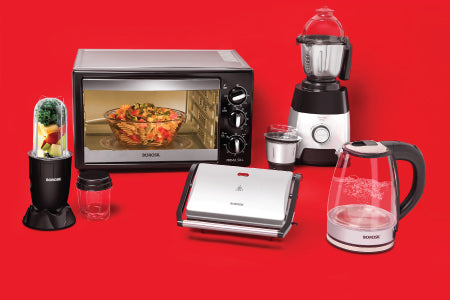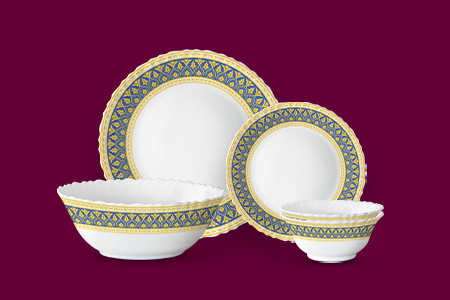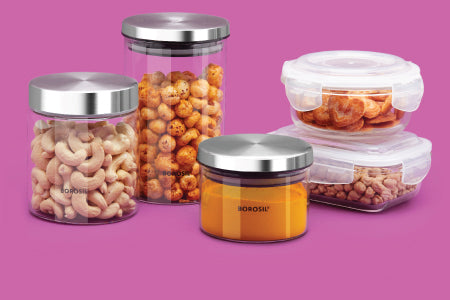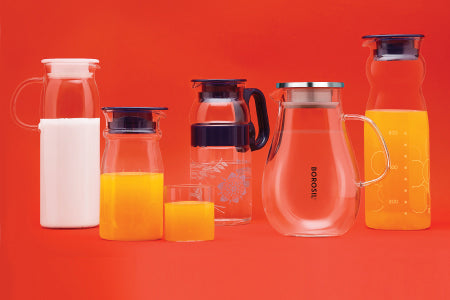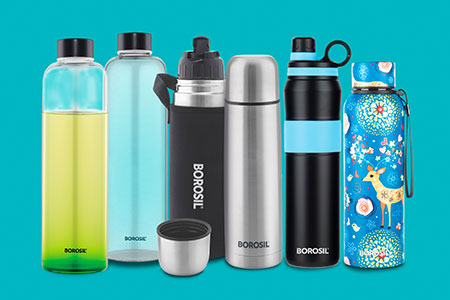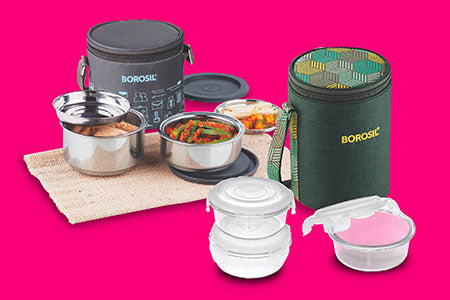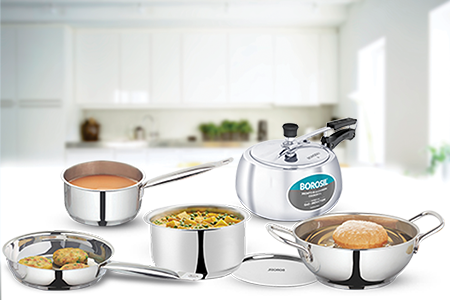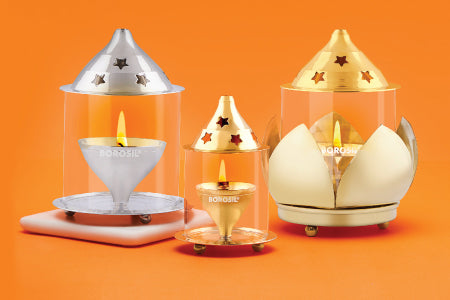
How To Buy The Right Cookware For Induction Cooking
Own an induction cooktop or deciding to buy one? It is sure to be an investment but definitely worth it if you use the right tools that make induction cooking a seamless process. To understand which pots and pans work best with these cooktops, it is important to understand how they work in the first place.
Induction cooking works by creating a magnetic field between the pot and the magnetic coils beneath the cooking surface. The energy created in the electromagnetic field heats the contents of the pot. Consequently, heat is generated directly in the pan and not under the glass, allowing for a quick cool-down of the surface after the pan is removed.
While there are many reasons why home cooks prefer induction cooking, the most relatable ones are:
- It is more energy-efficient than gas or electric cooktops.
- Foods heat more quickly. Induction cooking allows for fast cooking because the energy transfers directly to the cookware, so little to no heat or energy is lost between the cooking surface and your food. This means you can boil water or sear food quickly.
- The cooking surface stays cool so it can be safer.
- The cooktop is more responsive to changes in temperature control. Heat adjustments on an induction cooktop or range happen instantly, so you can heat or cool down your pot or pan quickly.
#BorosilTip: The first couple of meals on your induction cooktop might require extra attentiveness to adapt to the speed of this cooking method. Take it slow, and keep a close eye on your meal.
Induction cooking is very different from conventional gas or electric cooking and only certain types of pans will work on an induction cooktop or burner. The right and recommended induction cookware conducts heat evenly and efficiently, but some base materials achieve this better than others.
#BorosilTip: For slow and steady cooking, use heavy-based pans. These will react more slowly to the cooking zone and generally take longer to heat up, but they'll give you even and consistent heating. They're versatile and ideal for cooking delicate foods and meals that require a long cooking time.

#BorosilTip: For fast cooking, stainless steel-layered bases are best – they heat up quickly and react quickly to changes in the temperature setting. These pans tend to have a thinner base, and if you don't keep an eye on things they could be more prone to burning, overcooking and sticking (unless it's a non-stick pan). These pans are ideal for boiling water and steaming.
How to check if your cookware is induction cooktop compatible?
While most manufacturers put an "induction compatible" symbol on the bottom of their cookware or note compatibility on the packaging. The symbol often looks like a horizontal zig-zag or a coil.
If you’re doing the self-test to tell if a pot or pan is compatible with your induction stove, hold a magnet to the bottom.
- If the magnet clings to the underside, the cookware will work on an induction cooktop.
- If the magnet grabs the pan softly, you may not have good success with it on your cooktop.
- If there is no pull on the magnet, it doesn't contain the right metals and will not generate heat.
It is essential to use only ferromagnetic pots and pans for induction cooking. Ferromagnetic cookware is made entirely of or contains a layer of magnetic materials that make it attractive to magnets. If non-ferromagnetic cookware is used on an induction cooktop it will fail to be detected by the burner and won’t interact with the electromagnetic energy generated.
#BorosilTip: Induction cooktops are best used with flat-bottomed cookware to ensure even heating.
Best cookware material for induction cooktops
Cast iron, steel, some enamelled steel, and stainless steel pans with an iron base or core are suitable, but glass, aluminium and copper generally are not.
Stainless Steel
Although stainless steel induction-friendly cookware is a popular choice because of its strength, and hard & corrosive nature, it is not the best conductor of heat. Therefore, it's often combined with aluminium in multi-layered bases. Stainless steel poses the most confusion because it can be made with a great variety of metals; a high nickel content will block the magnetic field.
Cast iron
Cast iron cookware is very durable if looked after properly. It gives an even heat transfer at a low setting, but since it has a thick and heavy base, it takes longer to heat up and cool down as compared to other cookware materials. Some cast iron pans also have an enamelled cast iron base that helps prevent rust.
Aluminium
Even though aluminium is not alone compatible with induction cooktops, its properties of conducting and retaining heat very well, being lightweight, affordable and rust-free make it a choice too good to miss. This is why manufacturers use a stainless steel plate on the base of an aluminium pan to make it compatible with induction. The plate generates the heat from the induction cooktop and passes it through to the rest of the pan.
#BorosilTip: For the best heat conduction, choose cookware with a flat bottom that is about the same size as the surface area of the burner you are using. This allows for direct contact with the cooktop. If the pan is too small for the element, the burner may not be able to sense the pan and won’t activate to generate heat or cook your food. If the pan is too large, it will result in uneven heating, as heat only generates where the burner makes direct contact with the pan.
To conclude, it is safe to say that an induction cooktop is a great responsive option that will help you get dinner on the table fast. If it sounds like the right option for you, get yours today!




